Samsung Z: Move Over Android, It's Time For Tizen
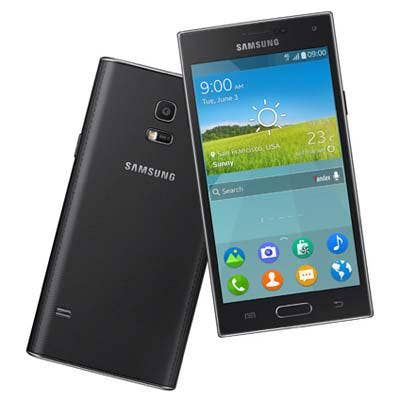
Samsung Z
After years defining, dominating and setting the bar for Android-based smartphones, the world this week was introduced to the latest Samsung smartphone: the Samsung Z. With hardware that's roughly on par with its other high-end phones, the Z will run Tizen, a version of Linux that the company has been quietly helping develop for years. While it would be unwise to bet against Samsung's designers and marketing prowess when it comes to Linux-based smartphones, the Z trails Samsung Galaxy phones in several major ways, any one of which alone could be a deal-killer. Here's a look at the Samsung Z specs and how they stack up against its current high-end models.
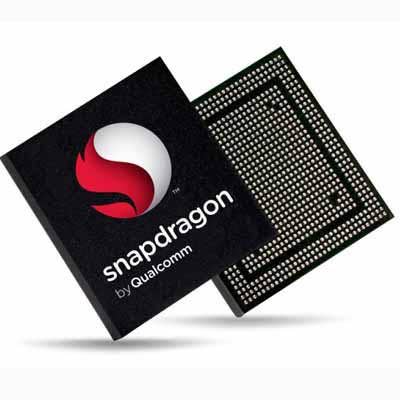
CPU, GPU And Memory
At the heart of the Samsung Z is Qualcomm's Snapdragon 800, a powerful system-on-chip. Inside, there's a quad-core Krait 400 CPU running at 2.3GHz for running applications and the Adreno 330 for processing 3-D graphics at 50 percent faster than its predecessor GPU. The Galaxy S5 has the Snapdragon 801, which has the same GPU but runs a little faster at 2.5GHz. Both devices have 2 GB of RAM and start at 16 GB of storage with support for at least 64 GB more via microSD card (Galaxy now supports 128 GB, and some third-party reports indicate that Z does as well).
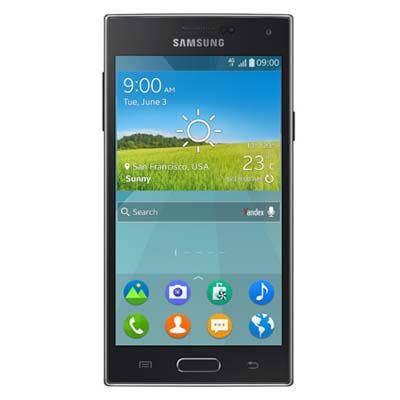
The Display
The Samsung Z will be built around an active-matrix organic LED (AMOLED) screen just like the ones on all of the company's high-end phones. The Z's glass will be a bit smaller at 4.9 inches compared with the 5-plus inch LEDs of the Galaxies. No great shakes there, but the Z's resolution is stepped down to 1,280 x 720, which translates to a pixel density just shy of 300 ppi. While it will probably look just fine, Samsung spoiled the world with Galaxy's 1,920 x 1,080 pixels, which peaks at 440 ppi on S4's 5-inch screen.
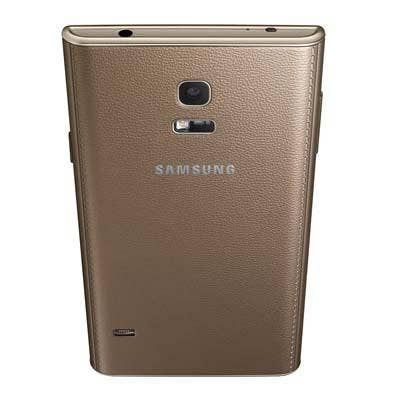
Communications
The Samsung Z radios include Wi-Fi a/b/g/n (but no ac), Bluetooth 4.0, NFC, Infrared and LTE 4G with backward compatibility with 3G and 2G networks. The device also includes GPS and GLONAS receivers and sensors for acceleration, gyroscopic movement, proximity, compass direction, barometric pressure, ambient light and heart rate. There's also a magnetic hall sensor for accessories and a fingerprint scanner. This list is virtually identical to that of the Galaxy S5; the S4 leaves off a few. Samsung also includes a feature it calls Download Booster, which bonds 4G and Wi-Fi channels to create a 450-Mbps connection to quicken bursty apps and large downloads.
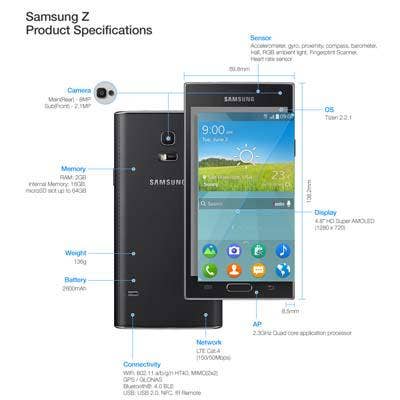
Physical Dimensions
A few of Z's physical attributes distinguish it from Galaxy. Most obvious are its squared-off corners against Galaxy's rounded ones. At 5.4 inches long and 2.7 inches wide, Z outstretches the S5 in either direction by about a quarter-inch. Thickness and weight are a wash; the two differ by about a third of an inch and a third of an ounce.
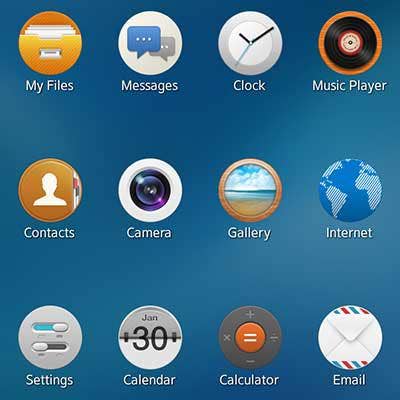
Tizen Vs. Android
If you've used Samsung Gear, then you're using a device running Tizen. The Z will be running Tizen 2.2.1 with Samsung's TouchWiz UI overlay on top, which reportedly makes it compatible with Android apps. This might be the saving grace for a Tizen-based phone, which otherwise has no apps to speak of. The Z will premier in Russia in the third quarter, Samsung said in its press release, adding that users in Russia "will be offered to access additional applications through the Tizen Store," which as of this writing was still under construction.

Opening In Russia
And after hearing D.J. Lee, Samsung's president and head of global sales tout Tizen's superiority over Android for performance and memory management, some might suspect that Samsung also might be looking for an avenue around the Google Play Store and to set up its own. The company made no mention of carriers or pricing for the new phone. The news was dated June 2, and came from the Tizen Developers Conference in San Francisco, which is taking place through Wednesday.